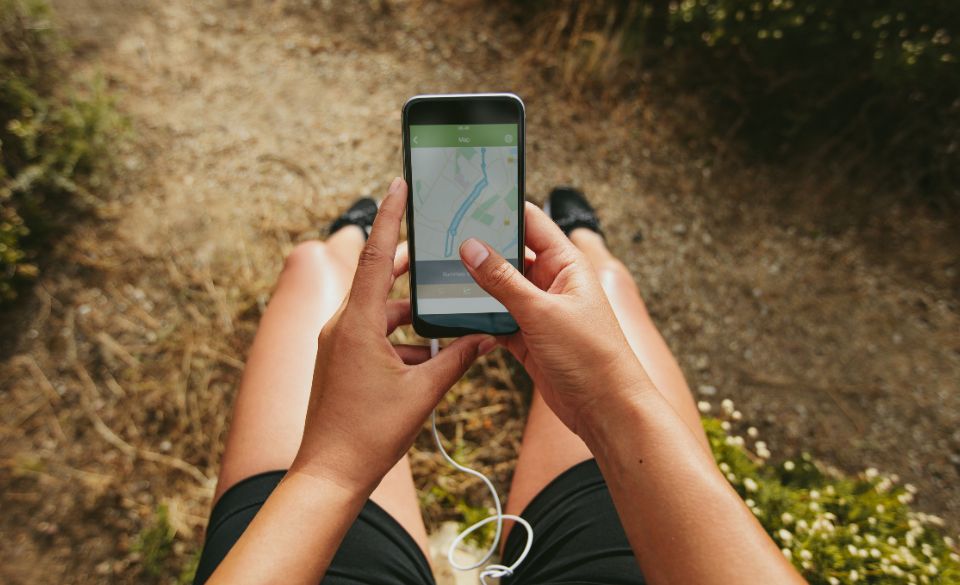
How To To Your Plan Running Routes
Page Contents
Whether you’re a novice runner or a seasoned athlete, one thing all runners can attest to is that running outdoors is far more enjoyable than pounding the treadmill. However, planning a satisfying outdoor running route can be more intricate than simply stepping out your door and hitting the pavement. Regardless of your running ability, experience level, or fitness goals, here are some essential guidelines to help you map out your running route and make the most of your mileage.
Determine Length and Starting Point
Before delving into route planning, establish how long you intend to run or the number of miles you want to cover. Next, select your starting point. Typically, your home is a convenient starting location, but your office or the nearest train station can also serve as suitable launch points.
Consider the following factors when planning your route:
– Time of day
– Terrain
– Path accessibility
– Difficulty level
– Elevation changes
– Safety
– Utilize Google Maps:
One of the most effective ways to plan a running route, starting from your specific location or any other designated point, is to utilize Google Maps.
To create your running route, simply select your starting point and trace the path you wish to follow. The tool will provide you with the precise distance in miles or kilometers you can expect to cover, allowing you to gauge the duration of your run effortlessly.
If you need to determine the distance between more than two locations, you can continue clicking around the map to calculate it accurately. Moreover, you can easily transfer these new routes to your smartphone, ensuring you have your running paths readily available when needed. To optimize this tool, it’s advisable to use Google Maps on your laptop, as it provides greater flexibility for modifying route details.
Utilize Apps for Route Planning
Looking to take your route planning to the next level? Consider using a dedicated app.
In fact, there’s an abundance of online tools and apps available that can assist you in planning, tracking, and measuring your running routes. These platforms also provide access to a wealth of crowd-sourced routes created and saved by fellow runners.
Here are a few of my top recommendations:
Strava:
Strava ranks as my personal favorite app for plotting running routes. It’s incredibly user-friendly—simply specify whether you’re running or cycling, your desired distance, elevation preferences, and more, and you’re good to go. Additionally, Strava offers a vast selection of crowd-sourced routes based on your geographical region, which you can further filter by criteria like distance and elevation gain. If you’re into trail running, you can even use specific keywords to find off-road routes, ensuring you’re not confined to the pavement.
OS Map:
OS Map stands out as one of the most popular map-building platforms. While you may need a subscription for the full range of features, the free version still offers a plethora of local walking, running, and cycling routes to keep you engaged. According to their website, the routes database contains approximately two million paths.
Plotaroute.com:
Plotaroute.com is a straightforward route-planning tool that works best on a laptop. As you outline your run, this tool automatically estimates the distance of your route and allows you to input your running speed. This feature enables you to calculate the expected duration of your run at a specific pace accurately. With this user-friendly online tool, you can map and measure your running route while benefiting from various useful features. You also have the option to sign up, save and reuse maps, and even print your own customized maps.
AllTrails:
AllTrails is an excellent choice for runners who enjoy exploring scenic trails and nature routes. This app boasts an extensive database of trails, complete with user reviews and photos, making it easier for you to discover and plan your next outdoor adventure.
MapMyRun:
Developed by Under Armour, MapMyRun is a versatile app that not only helps you plan running routes but also allows you to track your workouts and monitor your progress over time. With its user-friendly interface, you can quickly customize routes to suit your preferences.
Nike Run Club:
If you’re a Nike enthusiast, the Nike Run Club app is a fantastic tool for route planning and tracking. It offers GPS tracking, audio-guided runs, and the ability to create personalized routes based on your location.
Runtastic:
Runtastic provides an array of features for runners, including route planning, tracking, and even a voice coach to keep you motivated during your workouts. The app’s route planner lets you map your runs and explore new routes within your area.
Garmin Connect:
If you use a Garmin device for tracking your runs, Garmin Connect is the perfect companion app. It allows you to create routes on your computer and sync them to your Garmin device, ensuring a seamless experience when you hit the road.
RunGo:
For those who prioritize safety, RunGo is an excellent choice. This app not only helps you plan and track routes but also provides turn-by-turn voice navigation, ensuring you never lose your way during a run.
Prioritize Safety When Planning Your Route
Besides distance, safety is a paramount consideration when planning your running route. A well-designed route should not only offer an enjoyable challenge but should also prioritize safety.
Here are some essential safety tips to bear in mind:
1. Avoid excessively secluded or desolate routes, unless you’re running with a partner or a group. While having the route to yourself might seem appealing, safety should always be the top priority.
2. If you’re running on the road, stay on a wide shoulder, and remember to face oncoming traffic. This provides you with ample space to maneuver if situations take an unexpected turn.
3. When running early in the morning or late at night, choose well-lit areas. This reduces the risk of tripping or stumbling on uneven terrain or colliding with unseen obstacles. Additionally, wearing highly visible clothing with reflective details enhances your visibility to others, further enhancing safety.
Enhancing Your Running Experience through Route Planning
Whether you’re aiming to boost your 5K performance or prioritize safety during your runs, incorporating route planning into your routine can make a significant difference. Planning your running routes introduces a valuable element of diversity into your daily workouts.
Diversifying your running routes offers numerous advantages, fostering improvements in both your physical and mental capabilities as a runner. Each type of running surface serves a unique purpose, and varying terrains and inclines engage distinct leg muscles and stabilizers.
For instance, embarking on a trail run can activate a broader range of stabilizing muscles in your core, knees, and ankles compared to running on a stable, predictable surface like a road or track.
However, the benefits extend beyond mere physical development. Altering your running routes also contributes to a safer outdoor running experience.
With these considerations in mind, it’s advisable to explore a range of surfaces, including streets, sidewalks, trails, grassy paths, sandy terrain, and everything in between. This approach not only keeps your runs engaging but also enhances your overall running proficiency and safety.




